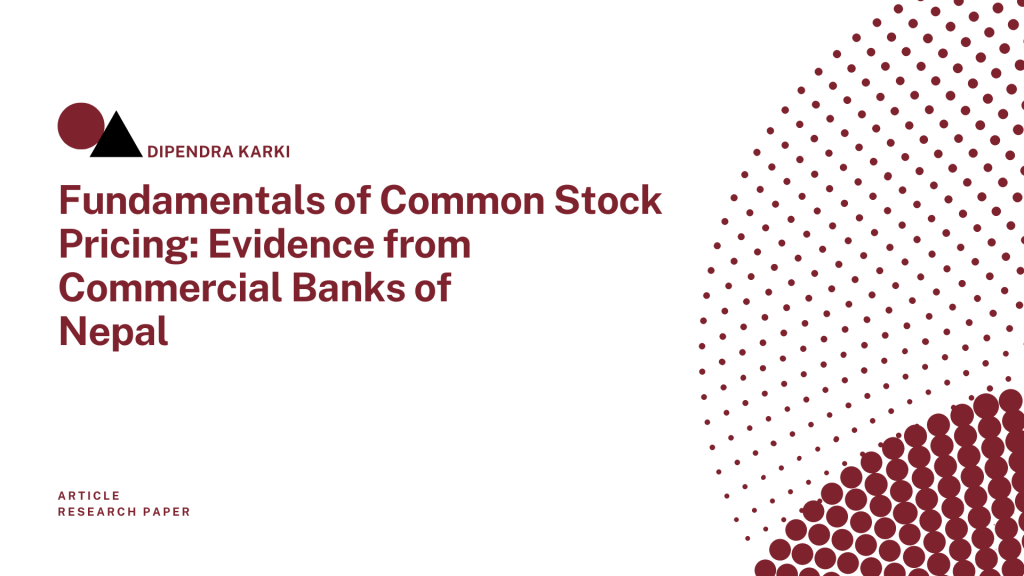A Review on Potentiality of Industry 4.0 in Nepal
Abstract: Background: Industry 4.0 is the revolution of the industrial process along with the adaptation of technological changes and advancements. With the passage of time, Industry 4.0 has been catching the attention of industries all over the world. Various studies and literatures seem to be emerging regarding Industry 4.0 around the globe. However, in the […]
A Review on Potentiality of Industry 4.0 in Nepal Read More »










